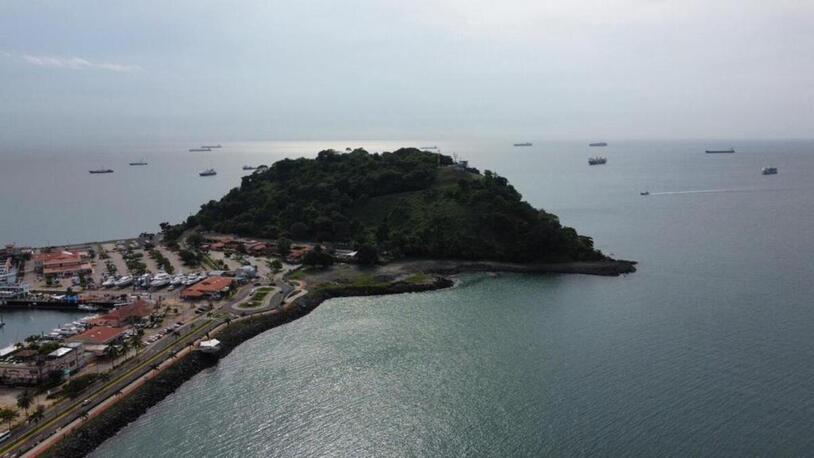The maximum capacity of the canal is 38-40 transits per day. PCA data for 2022 show 35.4 daily transits on average. Dry bulk carriers take up the largest share of transits with 22.5% of the total, followed closely by container ships (22%). Chemical tankers are third with an 18% market share. Oil tankers are relatively minor participants.
However, it is important to look at the large Neopanamax locks separately from the smaller (regular) Panamax locks. The Neopanamax locks are completely dominated by container ships and gas carriers. This is not surprising, given that very large container ships dominate the round-the-world services. Large LNG and LPG vessels are also using the Neopanamax locks to take advantage of the shortcut from the US Gulf to their main markets in Asia. The tankers that use the Neopanamax locks are Suezmax and Aframax tankers. Many of these large tankers are in ballast, with owners using the canal to reposition their vessels in the US Gulf after discharging on the US West Coast.
Currently, very few of the Suezmax tankers pass laden through the canal, which is at least partially caused by the fact that the canal is not able to operate at design draft due to low water levels. For example, we estimate that at a maximum draft of 13.4 m, as currently in effect, a modern Suezmax tanker can carry about 107,000 tonnes, only about 12,000 tonnes more than an Aframax. This is not a compelling economic proposition. And it will only get worse as the PCA tightens restrictions further.
Since 30 July, capacity has been reduced to 32 transits. According to the PCA, “The recorded precipitation for October has been the lowest on record since 1950 (41% below), and so far, 2023 ranks as the second-driest year for the same period.” Therefore, the number of booking slots has now been reduced to 25, with scheduled reductions to 24 (next week), 22 (December), 20 (January 2024) and finally 18 (starting Feb 2024).
At this point, Neopanamax slots will be down to eight per day, which will mostly be taken up by container vessels with the occasional gas carrier. Large oil tankers will not feature in this trade anymore. They will not be able to schedule in advance like container ships do and they can likely not compete for the auction slots (a recent auction was ’won’ by a VLGC for US$2.85M).
The stark reduction in slots will push many of the tramp vessels (including tankers and dry cargo ships) away from the canal. This will lead to more tonne-mile demand and possibly changes in segment utilisation as longer hauls may stimulate the use of larger vessels.
*Editor’s note: this article first appeared on Poten & Partners’ website. It has been lightly edited for clarity.

